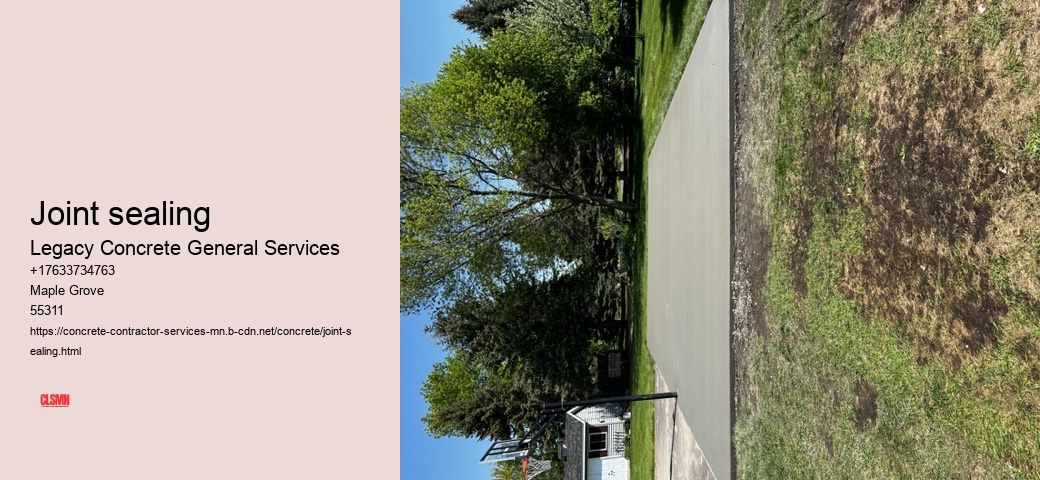Joint sealing is an essential process in construction and infrastructure maintenance, designed to protect structures from environmental damage, enhance durability, and ensure the longevity of various components.
Joint sealing - Salt
- Decorative Concrete
- Truck
- Stamped
- Handyman
One of the primary purposes of joint sealing is to prevent water infiltration.
Joint sealing - Epoxy
- Paving
- Form
- Painters
- Concrete Repair
Another critical factor is thermal expansion and contraction. Materials such as concrete and asphalt expand during hot weather and contract during colder temperatures. These natural movements can create stress on joints if they are not adequately sealed. Joint sealants help absorb this movement while maintaining a tight bond between surfaces. This flexibility allows the structure to adapt to temperature changes without causing cracks or other forms of wear.
Joint sealing also protects against debris intrusion. Dirt, sand, and other particles can accumulate in open joints over time. This buildup might seem harmless at first but can eventually interfere with normal structural functions or even lead to uneven surfaces in roads and pavements. Sealing these gaps ensures that debris cannot enter critical areas where it could cause problems later on.
The selection of appropriate sealant materials is another significant aspect of effective joint sealing. Climate Sealants come in various forms-such as silicone, polyurethane, or bitumen-based products-and each type has specific properties suited for different applications. For instance, silicone-based sealants are often used for windows or glass structures due to their strong adhesive qualities and resistance to weathering, while polyurethane-based sealants are popular for heavy-duty applications like highways because they provide excellent elasticity and toughness.
Proper installation techniques are equally important for successful joint sealing. Before applying any sealant material, it's crucial to clean the area thoroughly so that no dirt or contaminants compromise adhesion. Epoxy Additionally, using primers may be necessary depending on the type of surface being sealed. Skilled professionals must also account for factors like joint width and depth when applying sealant since improper sizing can reduce its effectiveness over time.
Joint sealing is not only about functionality; it also contributes to aesthetic appeal by creating clean lines between surfaces and minimizing visible imperfections caused by cracks or gaps. Whether its sidewalks in urban areas or expansion joints in bridges spanning vast rivers, sealed joints enhance both visual harmony and practicality.
In summary, joint sealing is an indispensable practice in construction that addresses key challenges posed by water infiltration, thermal movement, debris accumulation, and overall wear-and-tear on structures over time. By selecting suitable materials and employing proper techniques during installation, contractors ensure that buildings remain sturdy while roads stay safe for travel well into the future. Though often overlooked compared to larger aspects of a project's design or execution phase, joint sealing serves as a silent guardian against deterioration-a small yet vital investment with far-reaching benefits for infrastructure sustainability.
